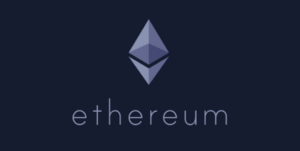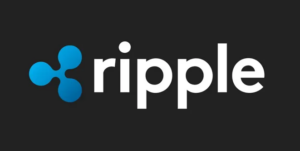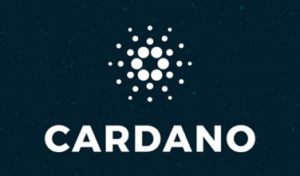Analysis Reveals Ethereum Receives Only a Small Fraction of Fees from L2s

A discussion within the crypto ecosystem, particularly among Solana community members, has been ignited by Layer 2 solutions not paying significant amounts of Ethereum for rent compared to the fees they retain.
Anatoly Yakovenko, the co-founder of Solana, expressed his views on Monday, stating that Layer 2 solutions could be considered parasitic when they prioritize transactions from the base layer without adding value.
Conversely, some individuals, especially those in the Ethereum community, argue that the impacts are intentional to reduce transaction costs for users. For example, Ethereum Foundation developer Dankrad Feist mentioned in an Ethereum Foundation AMA that he does not believe rollups are inherently parasitic.
According to Feist, Ethereum will continue to host high-value transactions, while rollups will expand the ecosystem by offering ample space for user transactions. This symbiotic relationship envisions Ethereum as the central hub for valuable financial activities.
Research conducted by Unchained using data from the layer 2 analytics platform GrowThePie reveals that the majority of fees paid by crypto users for Ethereum layer 2 transactions do not benefit Ethereum’s base layer.
There is ongoing debate regarding the definition of parasitism in the context of Layer 2 solutions, with no clear threshold established. Since the Dencun upgrade in March, which aimed to lower transaction costs on Layer 2s, the supply of Ethereum has become more inflationary than deflationary.
Unchained’s analysis indicates that Layer 2 solutions such as Scroll, Arbitrum One, OP Mainnet, and Base retain significant fees relative to the expenses incurred for posting transaction data on Ethereum’s base layer.
In August, OP Mainnet led in fee retention, followed by Base and Arbitrum One. Scroll retained the lowest fees among the cohort. The ratio of fees retained by each Layer 2 solution compared to those paid to layer 1 has significantly increased post-Dencun upgrade.
Arbitrum and OP Mainnet have seen a notable rise in the percentage of fees retained since the Dencun upgrade, with margins ranging from 67% to 99%. This increase in retained fees highlights the minimal costs Layer 2 solutions face when posting data to Ethereum’s base layer.
Experts like Carlos Mercado emphasize that Ethereum’s Layer 1 remains the primary DeFi chain and predict that interoperability will reinforce Ethereum as the primary asset across all layers, dismissing concerns about Ethereum being overshadowed by Layer 2 solutions.




